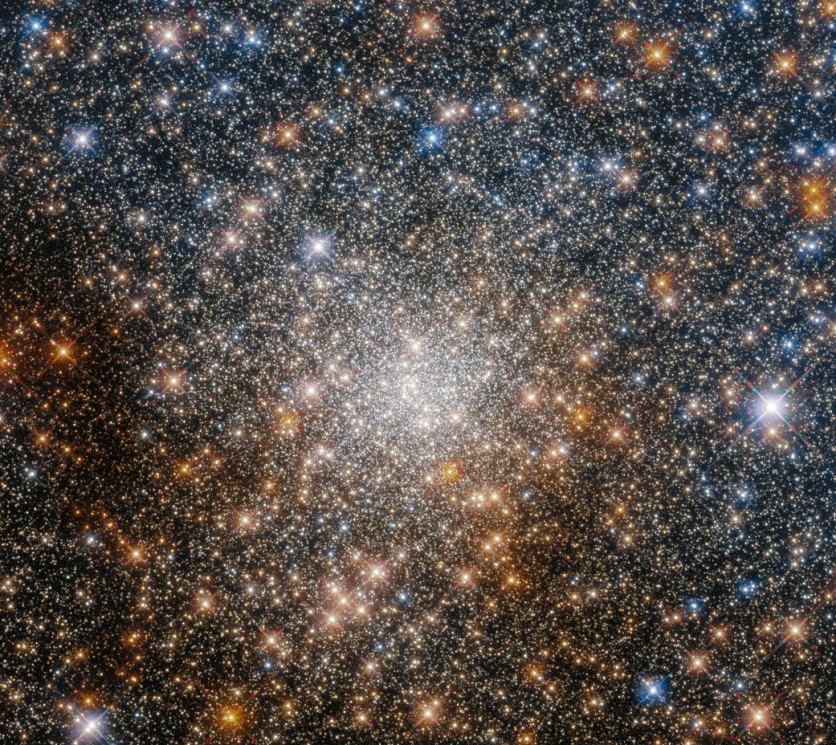Is this a sea of glittering sequins? Or is it just a globular cluster brimming with millions of brilliant stars?
Thanks to the ceaseless capabilities of NASA's Hubble Space Telescope in capturing wondrous scenes in the galaxy, it has found itself reveling in a sea of dazzling stars appearing like they are trying to outshine one another.

Milky Way's Galactic Bulge
In this very starry image, the globular cluster Terzan 9 is visible amid a sea of sequin-like stars. Terzan 9 is located near the Milky Way Galaxy's heart in the constellation Sagittarius.
This gorgeous image comes from a Hubble mission looking into globular clusters near the Milky Way's core.
It is worth noting that the Milky Way's heart holds a galactic bulge, a densely packed clump of wealthy stars in interstellar dust.
According to NASA, the dust makes it difficult to analyze globular clusters at the galaxy's center because it draws in light and can even alter the original colors of the stars shining in these clusters.
Through Hubble's accurate vision in visible and infrared, astronomers can determine how star colors vary due to interstellar dust.
Astronomers can also determine a star's age by knowing its real color and brightness, which in turn helps them estimate the age of the globular cluster as well.
The space telescope's Wide Field Camera 3 and Advanced Camera for Surveys photographed this awe-striking brilliant image.
What are Globular Clusters?
Globular clusters are often larger and gravitationally confined than open clusters, which are only packed with a few tens to hundreds of stars.
These clusters, according to the European Space Agency, are much densely inhabited, with populations ranging from tens of thousands to millions of stars. Globular clusters have a regular, spherical shape because of the powerful gravitational interaction between the tightly packed stars.
Globular clusters have older, redder stars than open clusters, which may scatter before their stars reach an advanced age. Due to their tremendous gravitational attraction, they are incredibly stable and can live for billions of years.
They are also related to all sorts of galaxies, according to ESA, and may be found in the Milky Way's halo and bulge. Astronomers are fascinated by all stellar clusters since their member stars formed at roughly the same time and place and had comparable initial compositions.
As a result, stellar clusters provide valuable insights into the formation and evolution of stars.
Since it is nearly hard to differentiate the stars in globular clusters using ground-based telescopes, Hubble led significant advancements in observing these space objects.
Related Article : NASA's Hubble Space Telescope Detects Isolated Black Hole For The First Time; What Makes This Black Hole Different From Others?
This article is owned by Tech Times
Written by Joaquin Victor Tacla
ⓒ 2025 TECHTIMES.com All rights reserved. Do not reproduce without permission.




